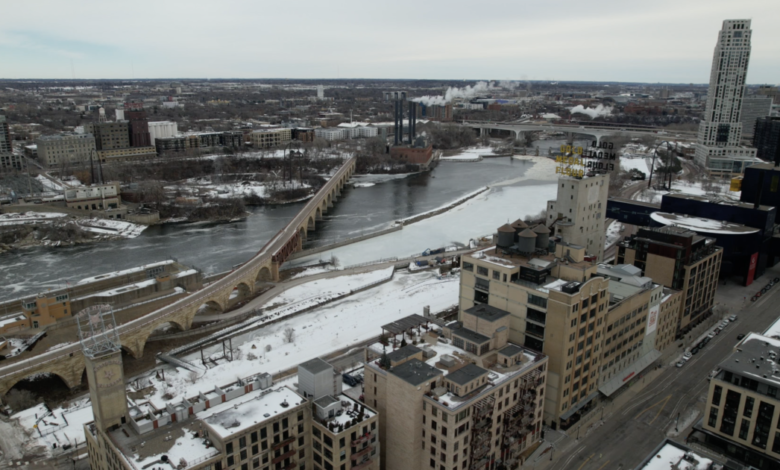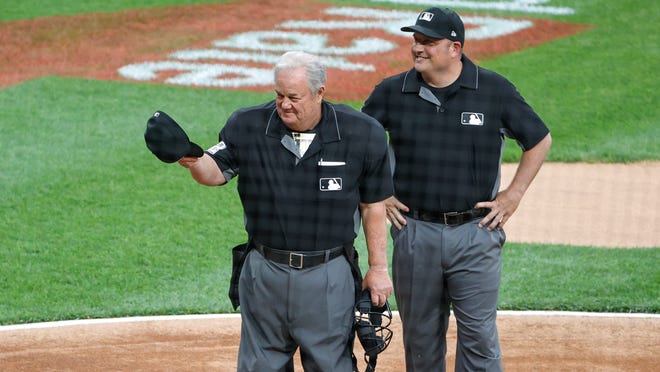
MINNEAPOLIS, Minn. — In a country with so much diversity, around 8.75 million people identify, at least partially, as American Indian or Alaska Native.
In Minnesota, a state with more than 100,000 of those residents, the Dakota people have the largest presence.
Shelley Buck, who has devoted her life to her culture and tribe, serves as the president of Friends of the Falls. She is pushing to transform the heart of Minneapolis' Central Riverfront into an iconic destination honoring Indigenous history.
Friends of the Falls has been working with the City of Minneapolis, the Minneapolis Park Board and Dakota nations to possibly reassume ownership of a historic stretch of the city's downtown riverfront that was traditionally a Dakota sacred site.
"I want it to be a place of healing, connecting and reconnecting," Buck said. "A place for education where we can educate the people about things they weren't taught growing up and also that community building."
Dakota people went to Owámniyomni, meaning turbulent waters, for ceremony and women traveled to Spirit Island to give birth. Both sites have since experienced extensive damage and destruction.
"Friends of the Falls did a ton of work to arrive at a vision for what this place could ultimately be, that would highlight it in a way that would set us apart as a city and sets this particular destination apart from anything else you'll find in the rest of the country," said Minneapolis Mayor Jacob Frey.
Frey says acknowledgment of the lost history is one part of the process. He said another part is rectifying broken treaties.
"This is an opportunity for us to use that same legal system that did wrong to do right," Frey said.
Buck points out it's rare for people to want to help tribes get their land back.
"And saying, 'Here you go, it's your project. It needs to be native-led and native-focused, have at it.' You never hear about that," Buck said.
This project began with non-native people. People like Kjersti Duval, the CEO of Duval Companies, which is a real estate development and policy solutions company, first helped to protect the site.
"I was really one of those folks that were there at the beginning," Duval said. "The initial push was to prevent the site from further industrialization."
Quickly, native leaders were brought on board. One of the biggest hurdles is working to change land ownership.
"It has been extremely difficult to move this very small piece of land from federal ownership to local ownership. Like I said, seven years, it should be easier," Duval said.
These leaders want their work to be encouraging and emulated in other parts of the country.
"Great opportunity to touch people to have something that was once invisible become very visible, become a learning opportunity," Duval said.
"I'm excited for this to be a one-of-a-kind and really something that can help other states work towards," Buck said.







